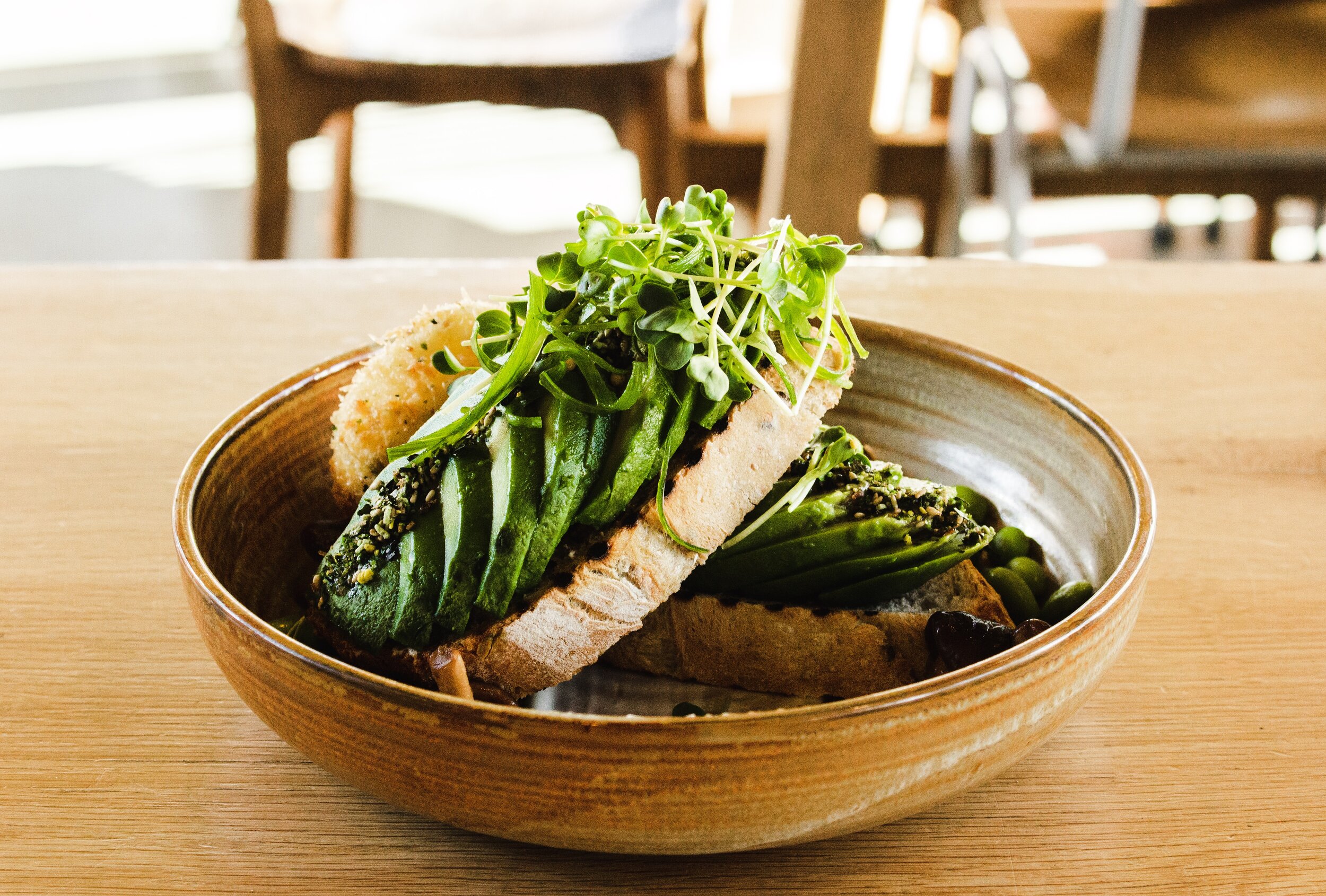How to Choose Healthy Restaurant Meals
Jonathon and I at the Langham Hotel in London for High Tea. We had just flown 10 hours and were super jet lagged.
Restaurants, grocery and convenience stores, or fast-food spots provide you with many options when dining out. However, large helpings can make you eat or drink too many calories. Large portions can also increase your added sugars, sodium, and saturated fat intake. When dining away from home, you should come up with ways that will help you make healthy choices. Here are some of the tips to help you eat healthy when dining out.
Fill Your Plate with Seasonal Fruits, Vegetables, and Salad
Kabobs, stir-fries or vegetarian menus usually comprise of more vegetables. You can select fruits as dessert or even a side dish. You can also start your meal by taking a salad full of veggies to help you feel full more quickly. Order a salad along with lean meat, fat-free or low-fat cheese, as well as other healthy garnishes. Typically the best ingredients are those that are seasonal. For example, try seasonal fall ingredients such as squash and in the summer and spring stick to light greens, tomatoes, and watermelon.
Compare the Fat, Sodium and Calories
Nowadays, most of the restaurant menus, especially fast casual chains, normally come with nutrition information. Take your time to get those items that are low in sodium, saturated fat, and calories. If you can’t find the information readily available, just ask!
You can also order broiled, baked or grilled foods since they are prepared in the healthiest method possible as compared to frying or other unhealthy ways. However, there is always a probability that the restaurant could use sauces, butter, or extra ingredients in the preparation process, but you can always request to have those left off.
Eat Whole Grains
Consider ordering 100% whole-wheat pasta, bread, and rolls when selecting main dishes, burgers or sandwiches. Whole grains are full of nutrients including vitamins, protein, fiber, antioxidants, and minerals such as magnesium, zinc, copper, and iron. A meal packed with whole grains also reduces the risk of obesity, type 2 diabetes, heart disease, and some types of cancer.
Pass on the Buffet
Obviously, avoid the all-you-can-eat buffet and instead get an item from the restaurant's menu. As discussed previously, grilled, broiled, or steamed dishes are lower in calories than foods cooked in butter or fried in oil so try to make good decisions. You can also order an appetizer-sized portion or a side dish instead of a typical entree. That will prevent you from consuming lots of calories since they are served on small plates and in small quantities.
Consider Your Drinks
You can order water, unsweetened tea, fat-free milk or any other beverages that contain no added sugars to accompany your meal.
Tea and coffee, for example, are carb-free beverages. They are also rich in caffeine, which gives you some impressive benefits such as increasing your metabolic rate, improving your mood as well as boosting your physical and mental performance.
Most coffee shops also offer almond or soy milk. Unsweetened versions of these kinds of milk will give you reduced carbs per every 2-tablespoon serving.
Eating out with family and friends is a good way to connect, but the large portions currently served at most restaurants can be a huge risk to your overall health. Dining away from home should not be an excuse to consume unhealthy meals. Almost all fast-food outlets have incorporated healthier alternatives to their menus, meaning you only need to find them on the menu. By following these tips, you will not only enjoy your meal, but you will also feel happy and satisfied once you are done.


